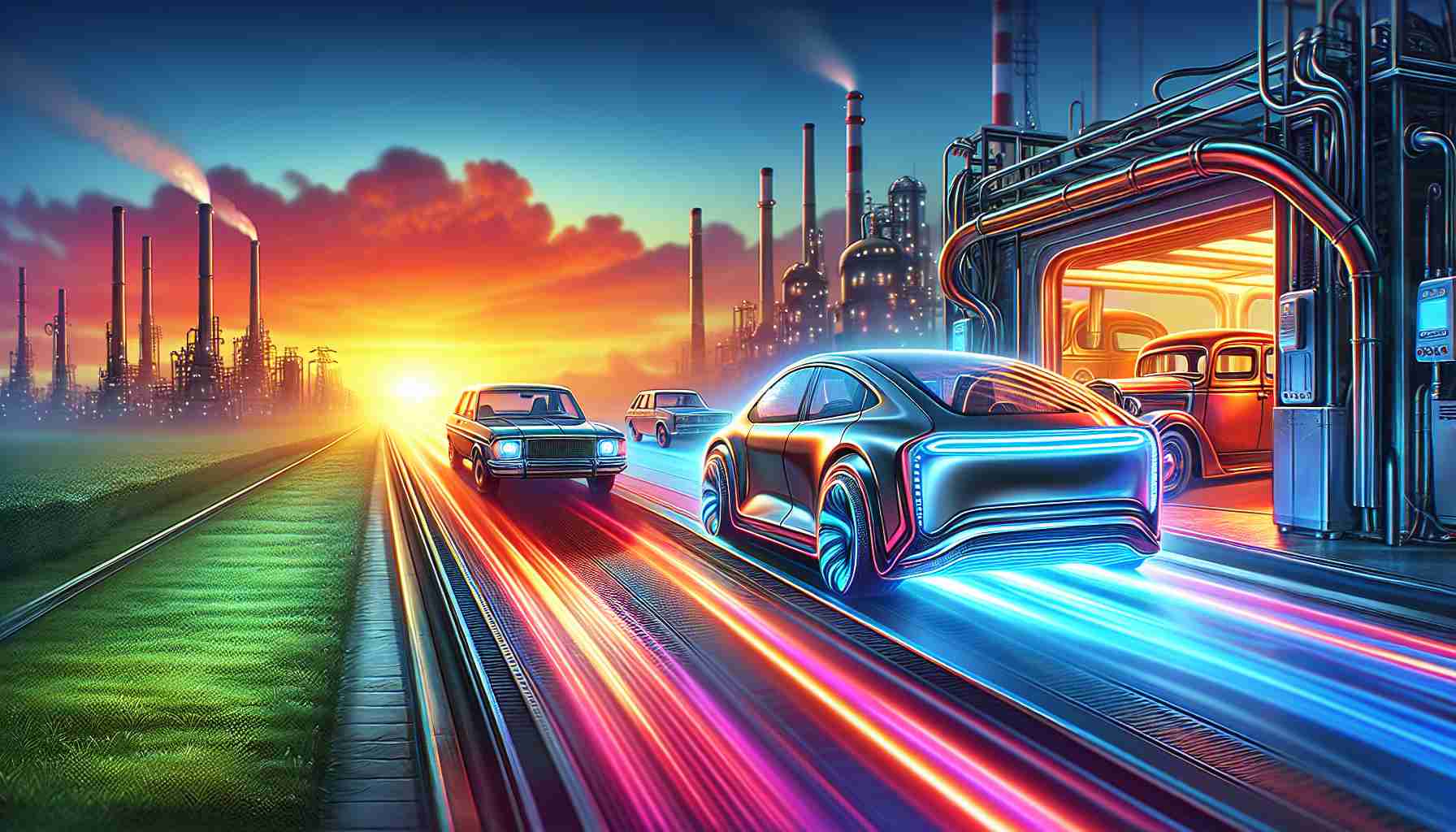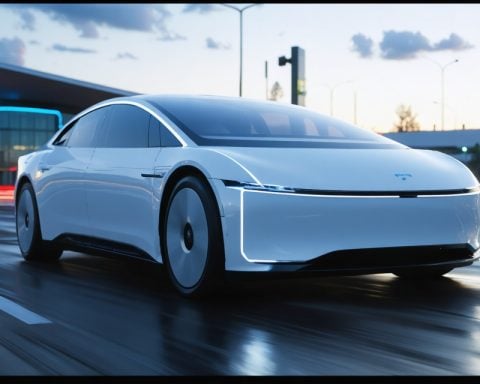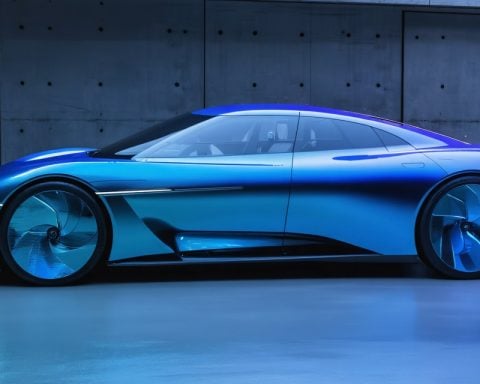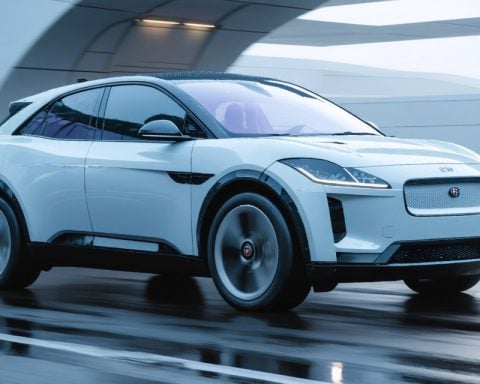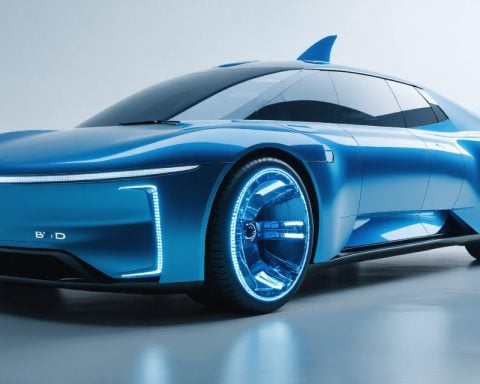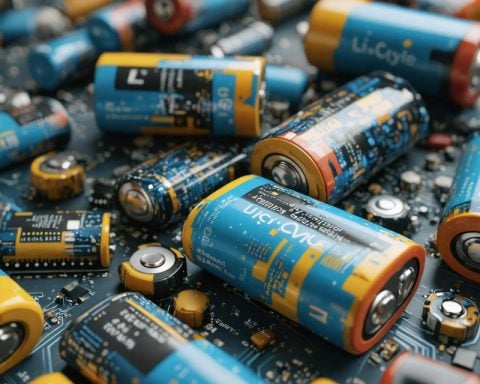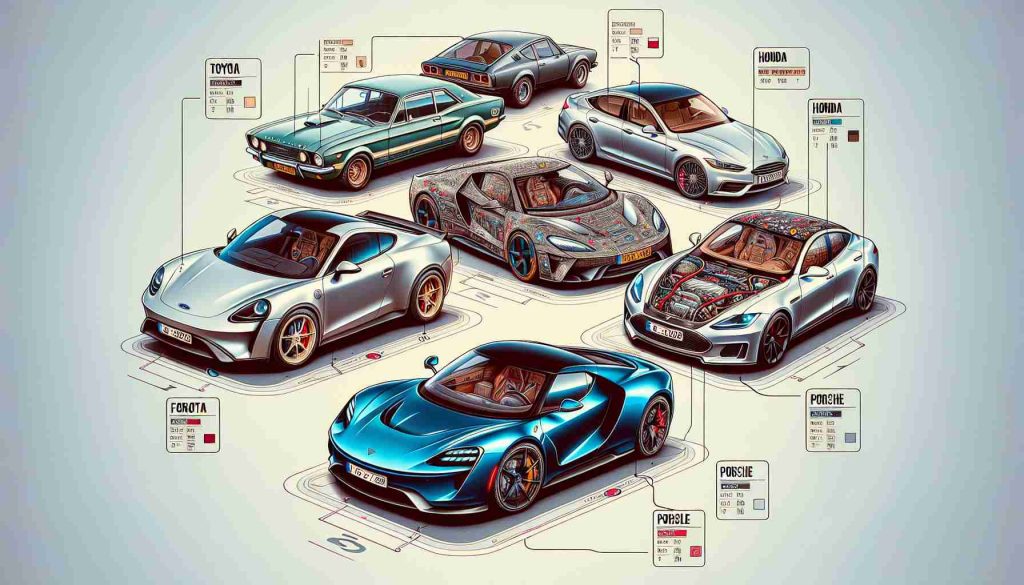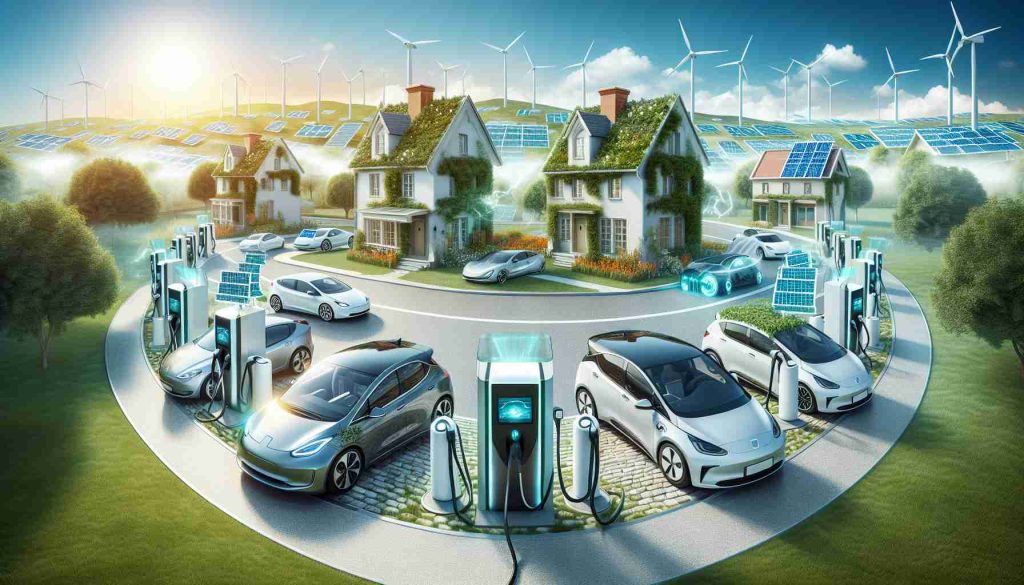Transitioning to Electric Vehicles: A Global Movement
Several nations are making bold strides to phase out the sales of internal combustion engine (ICE) vehicles in favor of electric alternatives. Norway takes the lead, intending to ban new ICE vehicle sales by 2025, while Singapore and Iceland aim for a complete transition by 2030. Canada’s ambition mirrors this, targeting 100% zero-emission vehicle sales by 2035, supported by interim goals beginning in 2026.
As the countdown progresses, the recent cancellation of Canada’s Federal EV incentive program has raised alarm. Automakers and dealers express frustrations, feeling misled as they continue significant investments in electric vehicle (EV) infrastructure while the incentives that spurred nearly 550,000 EV sales are eliminated. With only legally mandated EVs available from 2035, the uncertainty looms large as the industry braces for dramatic shifts.
Across the globe, the urgency to combat climate change remains paramount, with transportation sectors contributing around 25% of emissions. Norway’s initiative is accompanied by similar pledges worldwide; both Chile and Thailand outline plans for total electrification by 2035.
In contrast, the United States lacks a comprehensive federal ban, yet several states adhere to California’s progressive policies that require increasing percentages of zero-emission vehicle sales.
As nations like Canada stand firm on future EV plans, the automotive landscape is poised for transformation, setting the stage for unprecedented advancements in driving technology.
Wider Implications of the Electric Vehicle Shift
The transition to electric vehicles (EVs) signifies more than just a change in automotive technology; it represents a pivotal shift in global society and economy. As countries push towards a future powered by electricity, the ripple effects are felt across multiple sectors, influencing urban planning, energy consumption, and consumer behavior. For instance, cities are rethinking infrastructure; from expanding charging networks to retrofitting public transport systems, urban areas must adapt to support an increased influx of EVs. This creates new opportunities for green jobs, fostering economic growth within renewable energy and sustainable technology sectors.
Moreover, the electrification of transportation has profound environmental implications. Transitioning away from fossil fuels can significantly reduce air pollutants, improving public health and reducing healthcare costs associated with pollution-related illnesses. Additionally, as cities adopt wider use of EVs, the demand for renewable energy sources will likely surge, propelling investments in solar and wind energy.
The future landscape hints at further trends, including vehicle-to-grid technology, where EVs can return energy to the power grid, enhancing energy resilience. As countries advance their electrification goals, the global economy may witness more robust partnerships between nations, businesses, and manufacturers, all focusing on sustainable practices that transcend borders.
In summary, the shift towards electric vehicles stands as a testament to our collective response to climate challenges, and its long-term significance will redefine not only how we drive but how we approach environmental sustainability and economic development on a global scale.
The Electric Vehicle Revolution: What You Need to Know
Transitioning to Electric Vehicles: A Global Movement
As the world accelerates towards a sustainable future, electric vehicles (EV) are at the forefront of this transformative movement. Countries across the globe are taking substantial steps to phase out internal combustion engine (ICE) vehicles, driven by both environmental necessity and technological advancements.
Global Initiatives Driving Change
Norway is leading this charge, aiming to ban new ICE vehicle sales by 2025. Following closely are Singapore and Iceland, both committing to a complete transition by 2030. Canada has set an ambitious target for 100% zero-emission vehicle sales by 2035, with important interim goals starting from 2026. These goals underscore a global commitment to reducing greenhouse gas emissions.
Challenges and Controversies
Despite these ambitious goals, challenges remain. The cancellation of Canada’s Federal EV incentive program has sparked unease within the automotive industry. Many automakers and dealers, who anticipated continued support for their investments in EV infrastructure, now feel uncertain about the future amidst regulatory and market changes. This decision, which follows the surge of nearly 550,000 EV sales driven by the incentives, has raised questions about the future viability of EV adoption in Canada.
Insights Into Emissions and Investments
The urgency to tackle climate change is evident, as the transportation sector contributes approximately 25% of global emissions. Countries like Chile and Thailand have echoed Norway’s pledge, planning for total electrification by 2035. As these commitments solidify, the automotive landscape is evolving, aligning with the global push towards sustainability.
U.S. Landscape: A State by State Journey
In contrast, the United States is currently without a federal ban on ICE vehicles, though individual states are pushing the envelope. Many U.S. states, particularly those following California’s lead, are implementing laws requiring a progressively increasing percentage of zero-emission vehicle sales. This patchwork approach creates a unique landscape where policies can vary significantly from one state to another.
Pros and Cons of Transitioning to EVs
Pros:
– Environmental Benefits: Reduced emissions contribute to better air quality and a decrease in greenhouse gas effects.
– Cost-Effective in the Long Run: Lower operating and maintenance costs associated with electric vehicles can save consumers money over time.
– Technological Advancements: The EV market drives innovations in battery technology, charging infrastructure, and energy management.
Cons:
– Infrastructure Challenges: The need for widespread charging stations can create inconveniences for EV users, especially in rural areas.
– Initial Investment: Higher upfront costs can deter consumers despite long-term savings.
– Resource Concerns: The production of EV batteries depends on rare earth metals, raising sustainability questions.
Innovations on the Horizon
The automotive industry is on the brink of unprecedented advancements. Automakers are investing heavily in developing more efficient batteries, charging technologies, and autonomous driving capabilities. Innovations in renewable energy integration with EVs are also emerging, promising a more sustainable future for transportation.
Predictions and Future Trends
As countries set stringent targets for EV sales, the market is expected to see significant growth. Analysts predict that by 2030, nearly 30% of global vehicle sales could be electric. This trend is compounded by increasing consumer interest in eco-friendly options, advancements in battery technology, and government policies promoting sustainable practices.
Conclusion
Transitioning to electric vehicles is more than just a trend; it’s a transformative movement that could reshape the automotive landscape for generations to come. With ambitious goals, ongoing challenges, and rapid technological advancements, the global shift towards EVs signifies a pivotal change in how we view transportation and its environmental impact.
For more information on electric vehicles and sustainable practices, visit Electrive.
